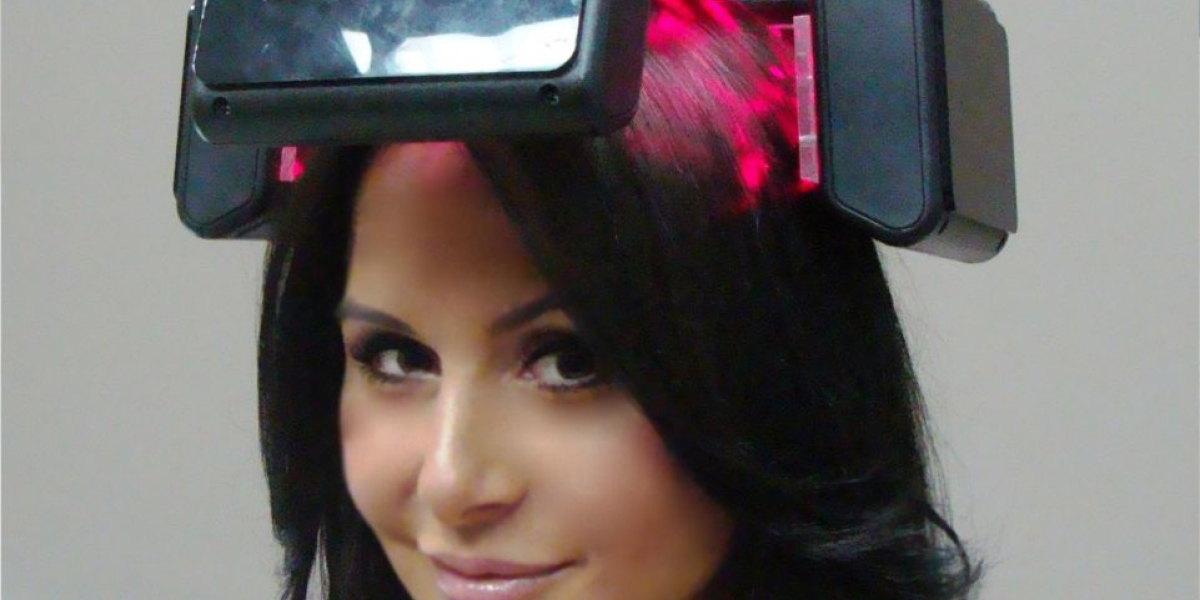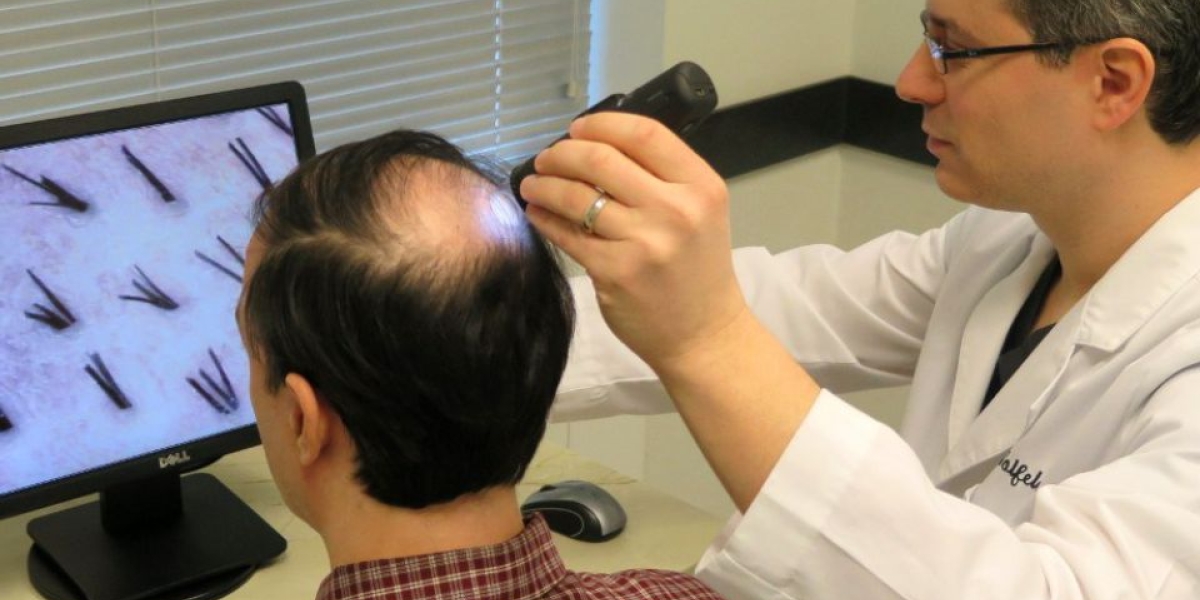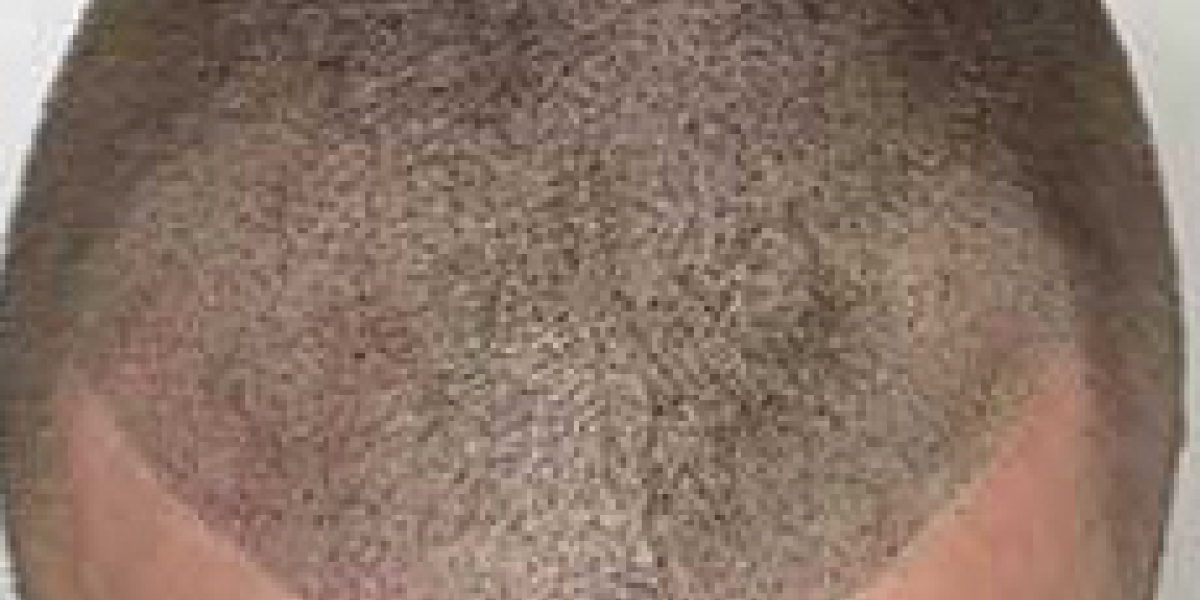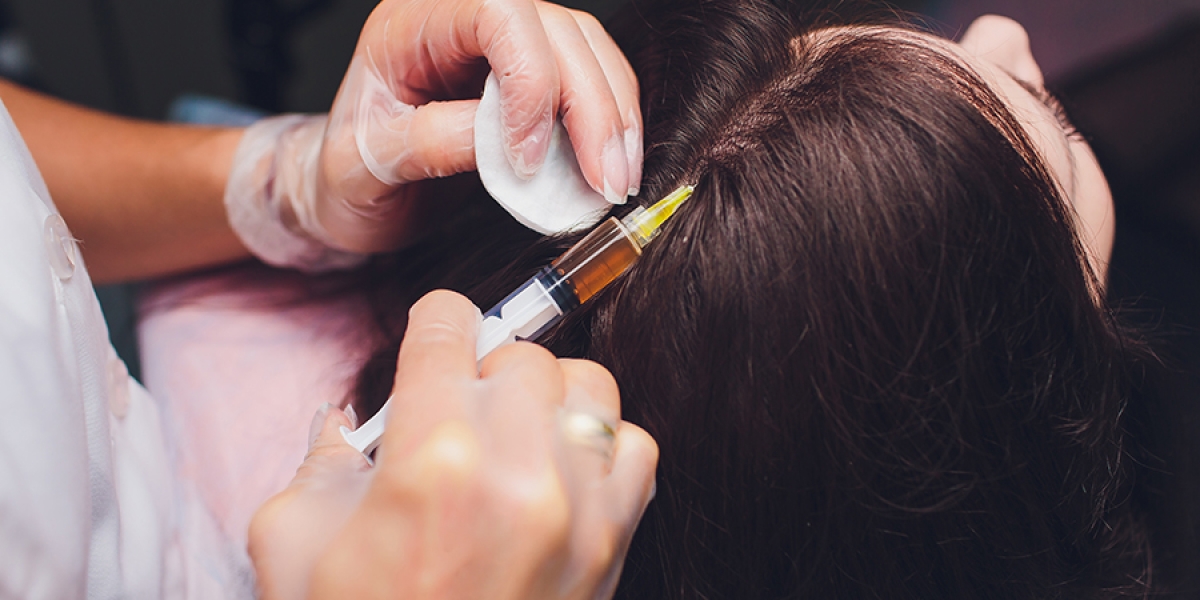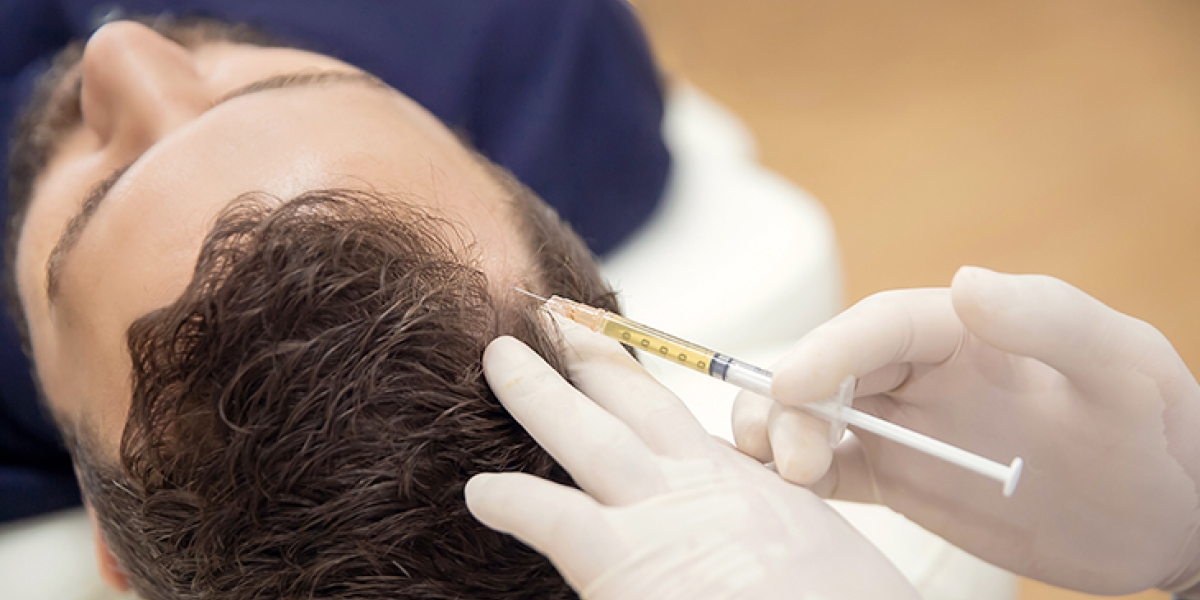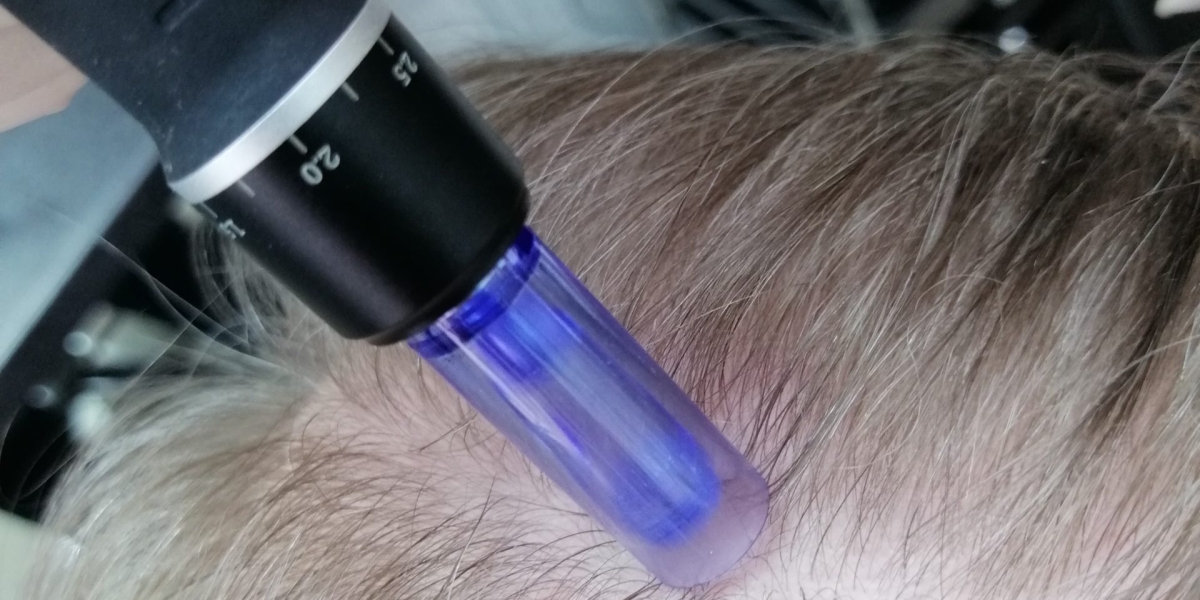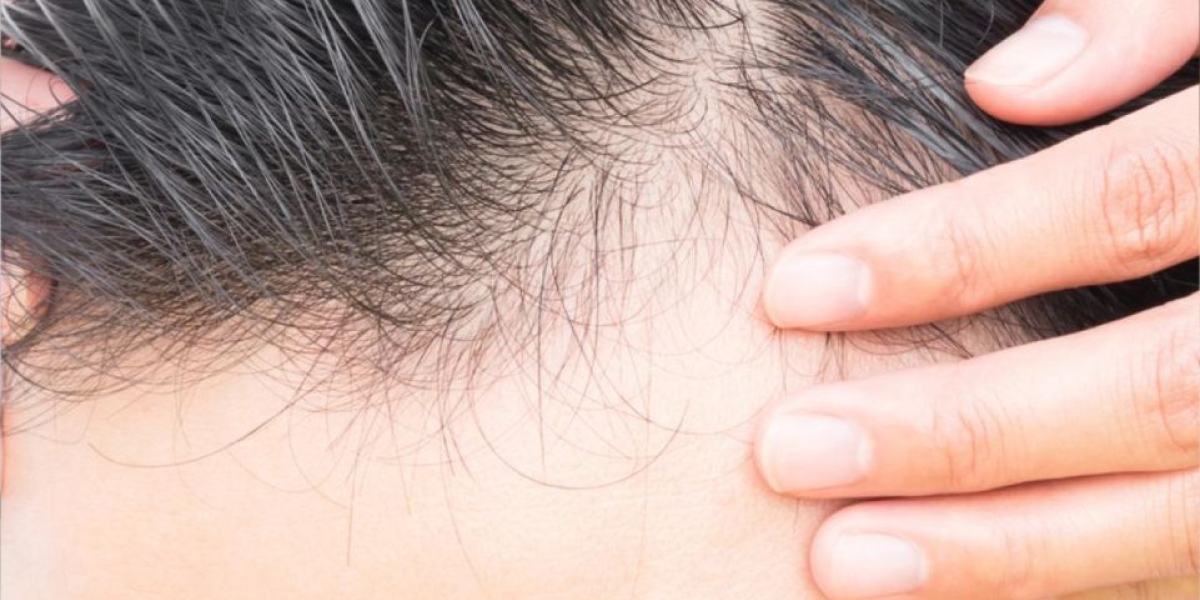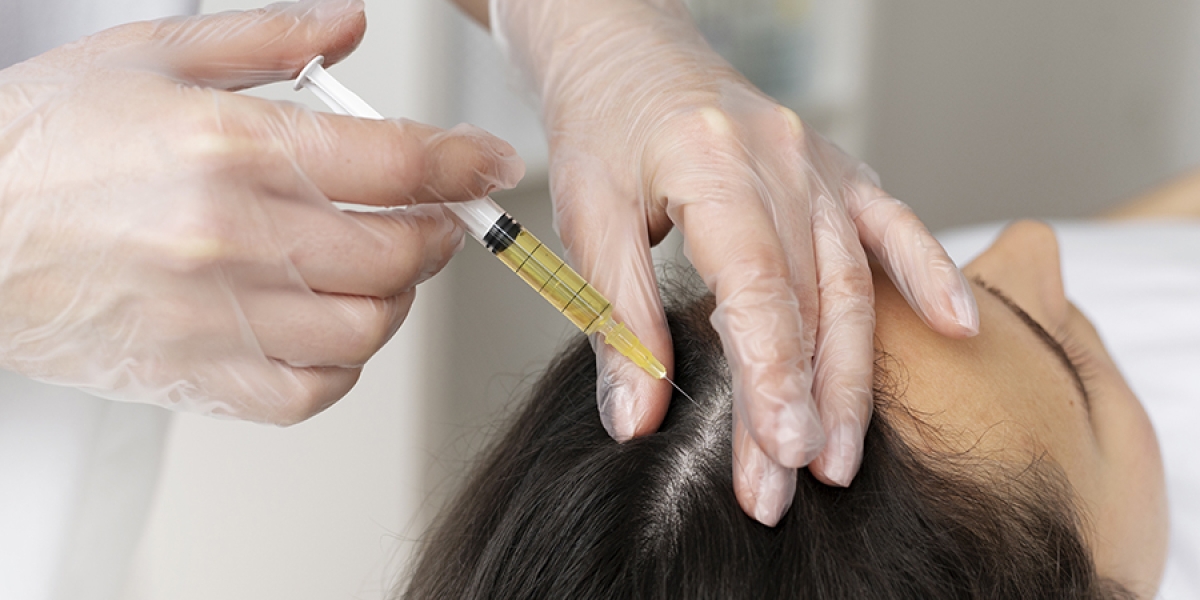PRP is an exciting non-surgical therapeutic option for male and female patients who require stimulation of hair growth for hair loss conditions.
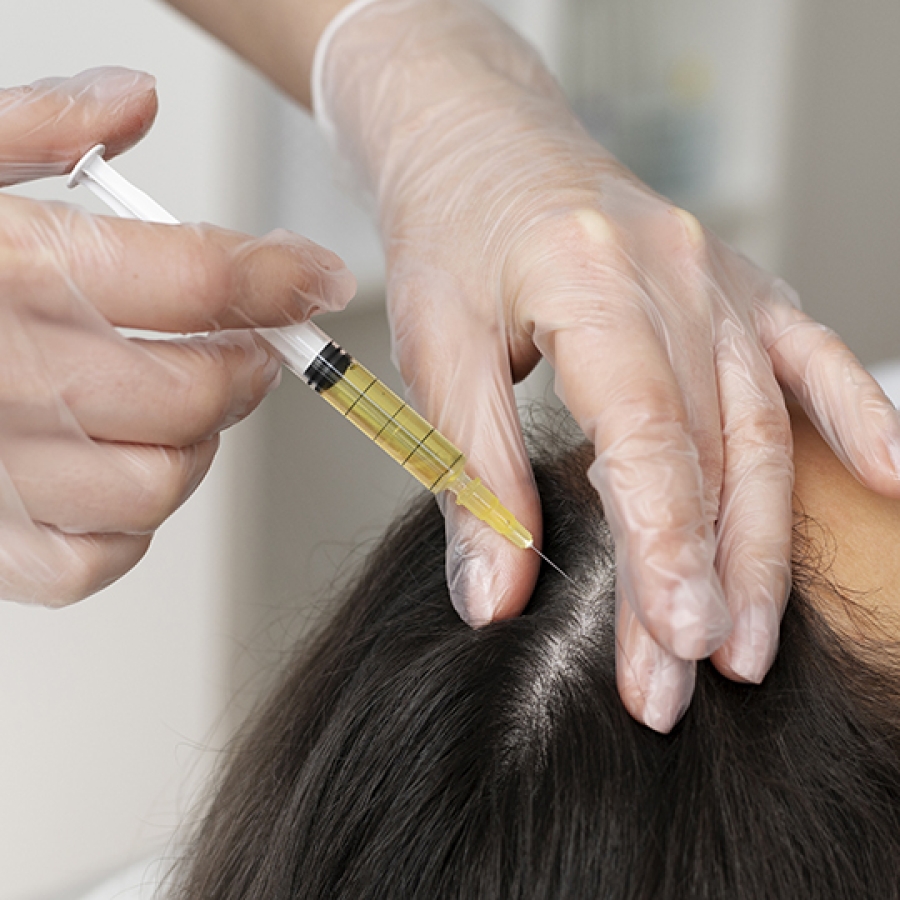
What are PRP treatments for hair growth and how do they work?
PRP or platelet-rich plasma for hair regrowth is an autologous, non-surgical in-office or clinic treatment (obtained from the patient's blood) that can be performed in about 30 minutes.
Special sterile techniques and equipment are used to separate and concentrate platelets and plasma from a small sample of peripheral blood. PRP contains growth factors and cytokines that stimulate and improve hair follicle function. Small injections of PRP deliver the strong growth factors from platelets into the skin of weak follicles.
Who is the ideal candidate for PRP treatment for hair loss?
In PRP treatments, there are two types of patients with hair loss: chronic hair loss (male and female pattern baldness) and acute hair loss (e.g. alopecia). Patients with areas of "low-grade" hair growth on the scalp where functioning hair follicles can still be seen are the patients who seem to have the most success with hair regrowth treatments. Those with "shiny" bald patches and long-standing baldness are NOT the best candidates.
When can you expect PRP results and how long will they last?
It can take up to six to twelve months for PRP results to be "visually" evaluated in the mirror, although most clients will notice results after three months.
After the treatment period, the average patient with hereditary hair loss can expect to need a PRP treatment every 6 to 12 months to maintain their results.
What are the risks and benefits of PRP treatment?
PRP is a non-surgical, comfortable in-clinic procedure that takes about 30 minutes from start to finish. Most of the time is spent in the preparation phase. Patients usually notice a short period of inflammation where their scalp remains slightly pink and they feel pressure or swelling for a few hours. Improvements in hair growth can generally be measured in about three months, but it may take six to twelve months before the difference is visually 'seen' in the mirror.
The main risk of PRP is that your doctor may use careless or outdated preparation and application equipment or techniques that result in poor or less than optimal outcomes. Patients with certain blood disorders or taking certain medications are not candidates for PRP treatments. PRP is immunologically neutral and carries a low risk of allergies, hypersensitivity or reactions to foreign bodies.
Is there a recovery period or downtime after PRP treatment?
There is no activity restriction after PRP treatment. Patients can usually shower/shampoo/maintain their hair and resume their normal sports and daily activities only a few hours after the treatment.
Are there contraindications or other factors that would make someone ineligible for PRP?
Patients should be informed by their hair restorer about the results they can expect from PRP in different areas of the scalp.
Different parts of the scalp may respond differently to PRP depending on the number of weak hair follicles in each area. In general, places where severe follicle depletion has occurred should not be treated as the likelihood of results is very low.
The vast majority of healthy people can easily undergo PRP treatments. Certain conditions such as blood and platelet disorders, chronic liver disease, the presence of active severe infection, cardiovascular or haemodynamic instability and/or the presence of anticoagulants would make PRP contraindicated.
Recent steroid and smoking treatments are relative contraindications and should be discussed with your doctor.


